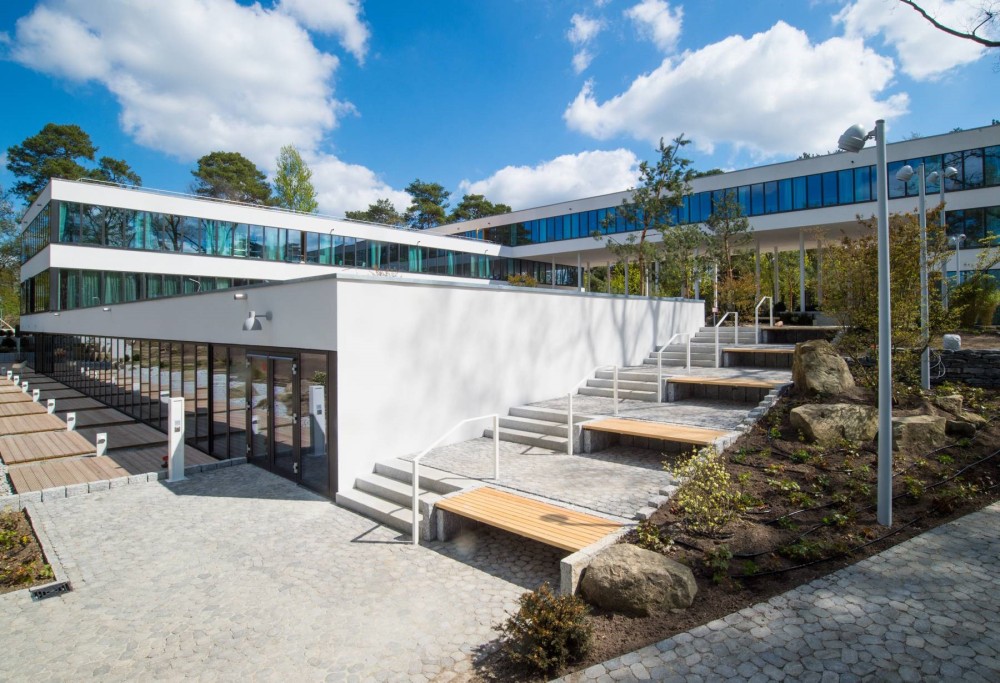Buddhist hospice care offers alternative to Western ideas of death

In the past decade, a Buddhist end-of-life movement has sprung up in non-Buddhist countries, testifying to a need for spiritual accompaniment at the end of life that is felt not only by an aging generation of Buddhist immigrants and converts but by others who want something more than a secular, clinical approach.
Oliver Peters, head of spiritual care at Sukhavati in northern Germany, said the Buddhist center looks to the teaching of Tibetan Buddhist wisdom, particularly the best-selling Tibetan Book of Living and Dying by Sogyal Rinpoche.
In practice, this means the regular chanting of mantras, guided meditations on death, and instructions on the passages and obstacles faced in “the bardos”—the liminal states between death and rebirth.




